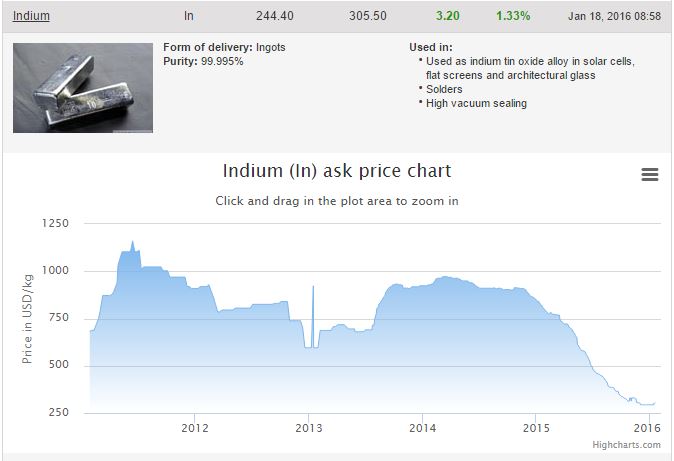There was a time when all swans were white. Just like the sky was blue and the grass was green. This was held as a truth until, in the year 1697, a black swan was discovered in Western Australia.
Since then, black swans have become a synonym for the unexpected, the disruptive. Disruptive not only in the sense of paradigm-altering technology phenomena like Google or the iPhone, or business models like Amazon’s or Uber’s. Disruptive also in the sense of geo-politics like the terror attacks of September 11, 2001, the effects of global warming or the COVID19 pandemic. Disruptive also in the political sense such as the UK’s unexpected “Brexit” decision or the rise to power of a complete political outsider to the U.S. presidency.
The 2007 bestselling book “The Black Swan” by Nassim Nicholas Taleb subtitled “The impact of the highly improbable” is said to have prophesized the U.S. banking crash a year later. The premises for a Black Swan event, according to Taleb, are that they are outliers of extreme impact that “human nature” tries to rationalize after the fact by concocting explanations that make them explainable and predictable.
It feels like Black Swans have since conquered the world much like the North American gray squirrel decimated the reddish brown squirrel in large parts of Europe. 2020 in particular has been a year in which it was quite predictable that the unpredictable would happen. The outlier has become the new normal.
While many of these events were negative or even catastrophic in nature, I don’t think we should succumb to a doomsday perspective of life. Out of the chaos, new and good things may emerge if we are open to changing and adopting. A drive to change is not in the human nature, of course, and most will try to cling to present day business models and five year plans. But the Black Swans are here to stay, they are sharing the pond with our beloved white swans. It is safe to say that raw materials and the world’s resources will continue to remain among the White Swans in the world, although not shielded from the effects of economic change and investor behavior. Which is why I decided it was time for a new chapter of this blog series, shifting focus from Metal Megatrends to the White Swan effect precious metals, rare earth elements and technology metals.
It only took me two years, I know… reconciling my new career at BASF with my writing activities was one aspect I kept struggling with. As I experienced in an earlier media exposure, it is ever so easy to see your contents relabeled as the statement of a company or organization you are affiliated with, turning a personal statement into one of that entity. I didn’t want that to happen. In this small world, I also didn’t want to expose people that are dear to me to suspicions of having provided me with insider information even when my actual source is someone else. Appearances alone suffice to pass judgement these days.
So here I am, back and full of ideas for topics, reports and interviews to try and rationalize the irrational before it occurs, instead of after the fact. A bit of an experiment, so let’s see how it goes.
Thanks a lot to my subscribers for hanging in – my new series will start at the beginning of January.





 Terms like precious metals, rare earth elements, rare metals, minor metals, specialty metals etc. are used throughout reports leaving many people confused about what they actually mean. The term “Technology Metals” is, admittedly, loosely defined as well. Time for some definitions:
Terms like precious metals, rare earth elements, rare metals, minor metals, specialty metals etc. are used throughout reports leaving many people confused about what they actually mean. The term “Technology Metals” is, admittedly, loosely defined as well. Time for some definitions: 2015 was not a good year for technology metals (precious metals, rare earth elements and strategic metals). From a perspective of industrial use, what is the likely development in demand and price in 2016? Part one of my condensed analysis was just published exclusively on Kitco News.
2015 was not a good year for technology metals (precious metals, rare earth elements and strategic metals). From a perspective of industrial use, what is the likely development in demand and price in 2016? Part one of my condensed analysis was just published exclusively on Kitco News.